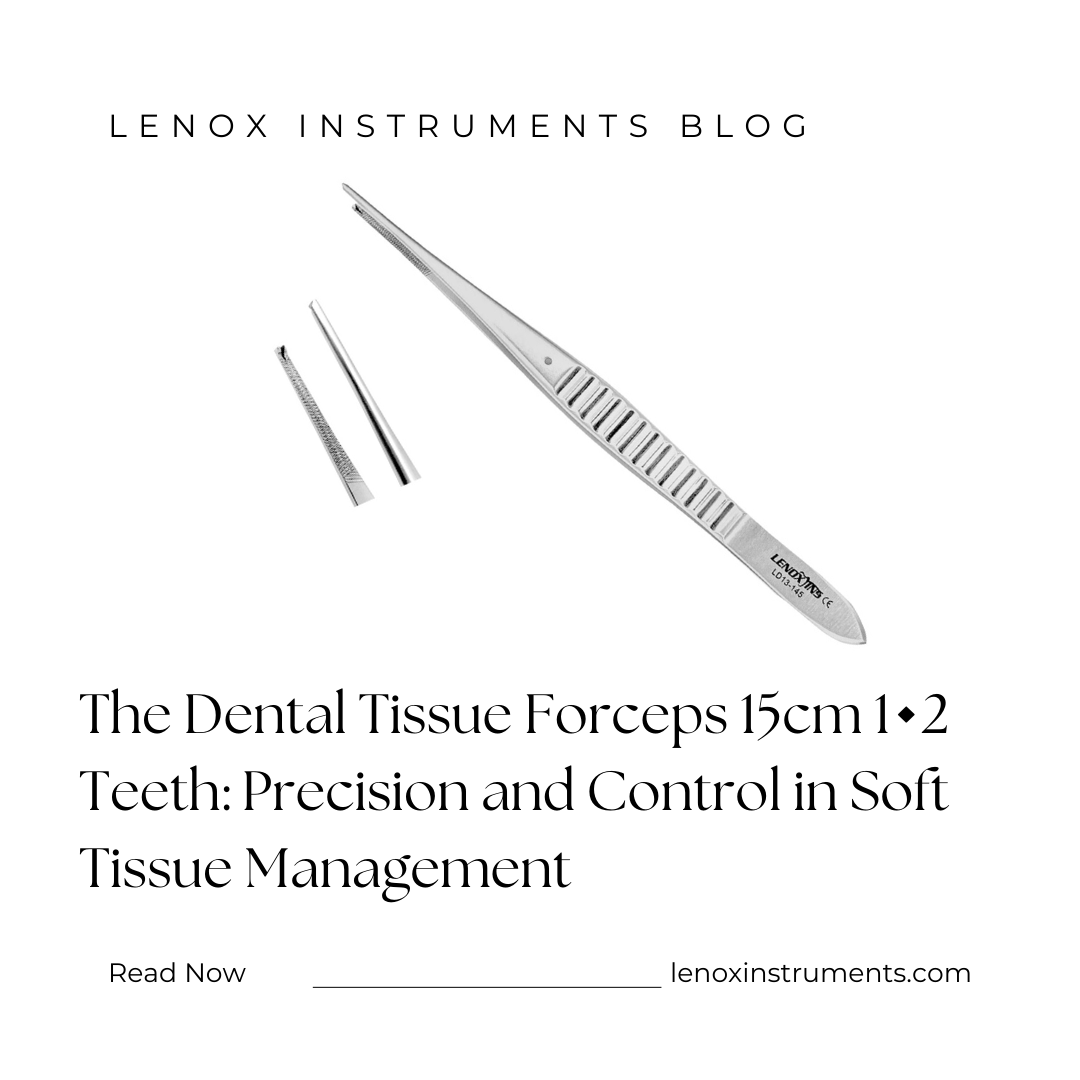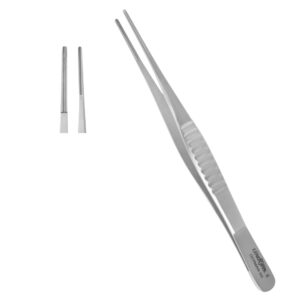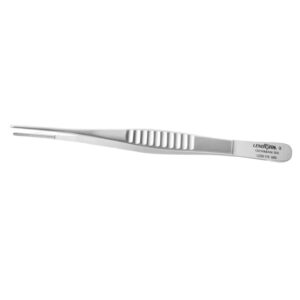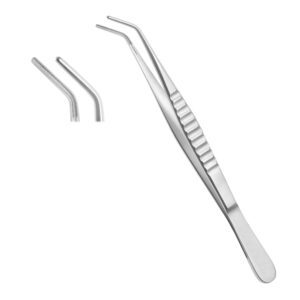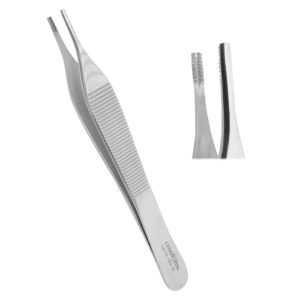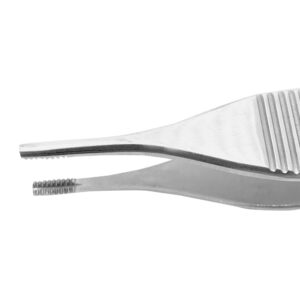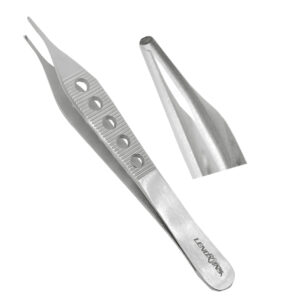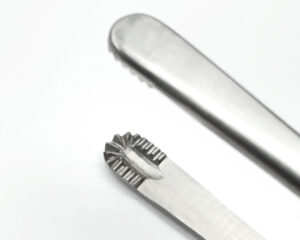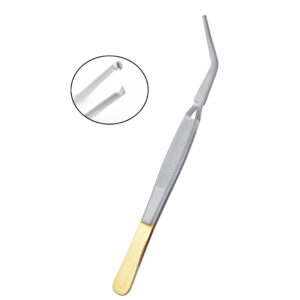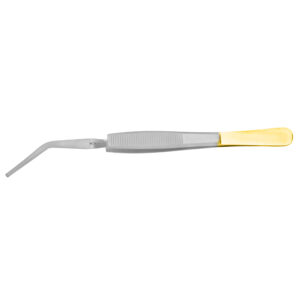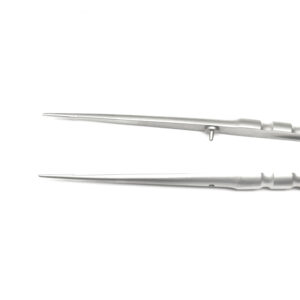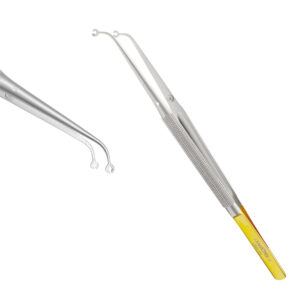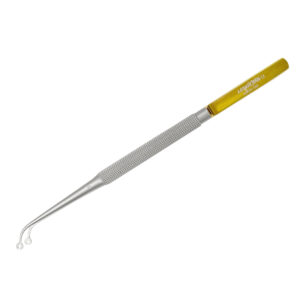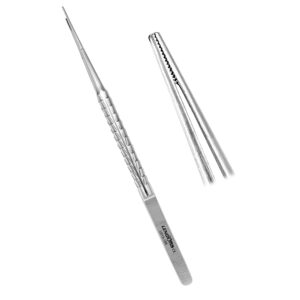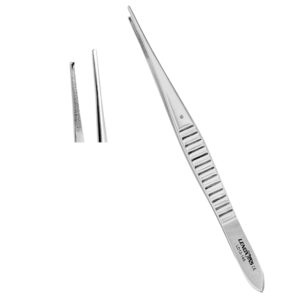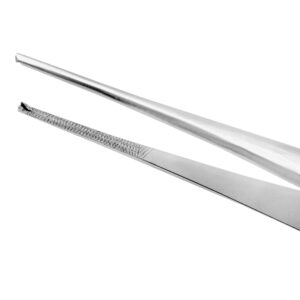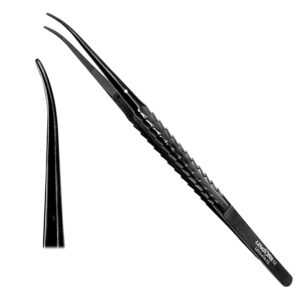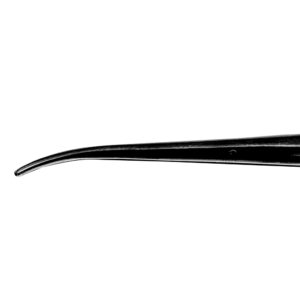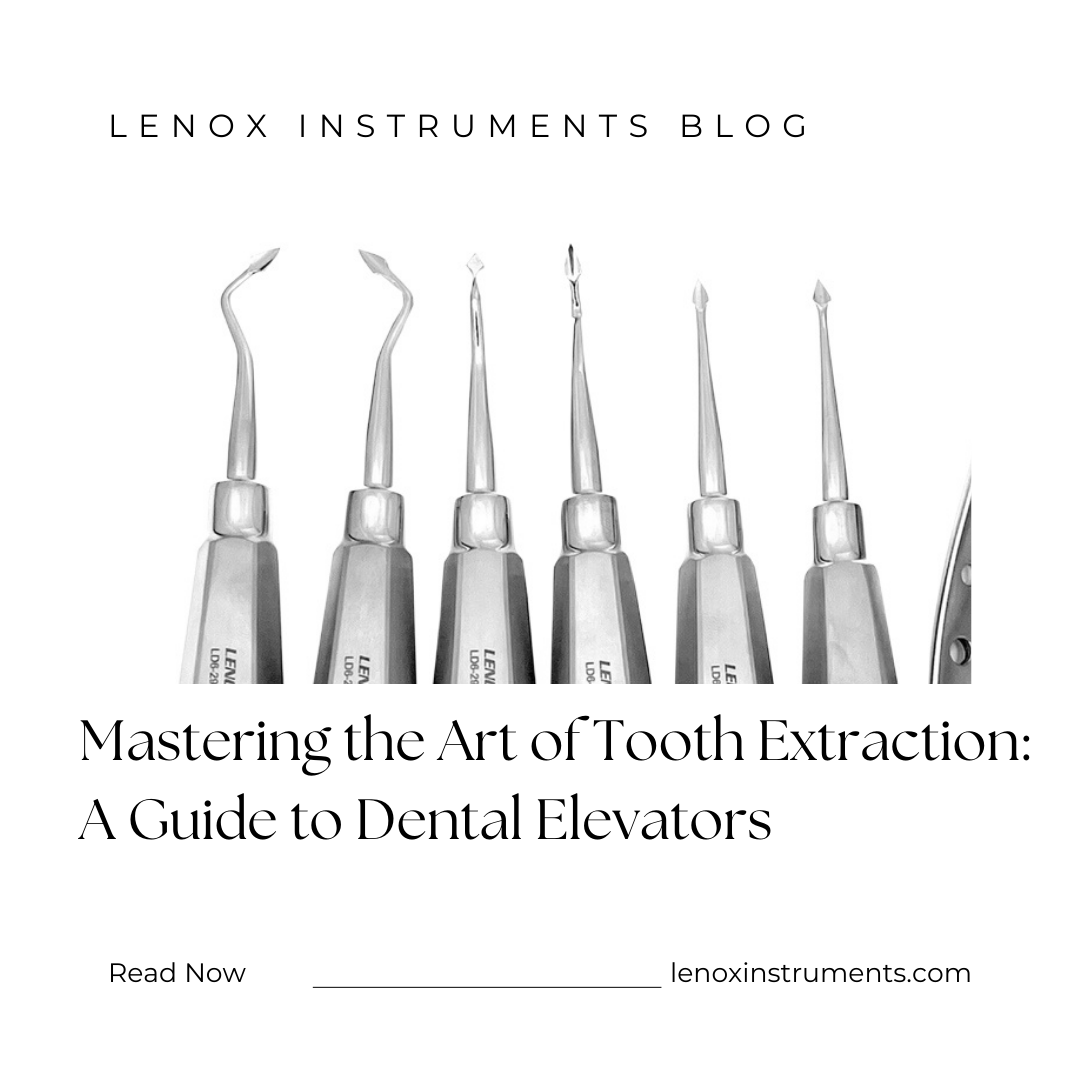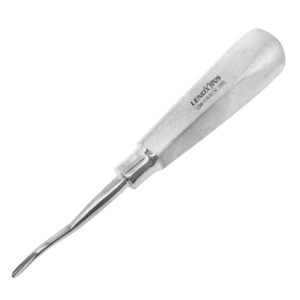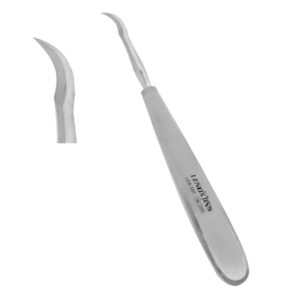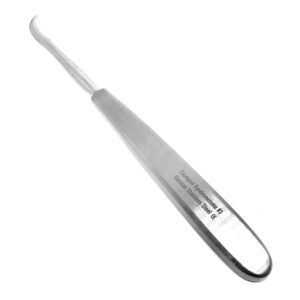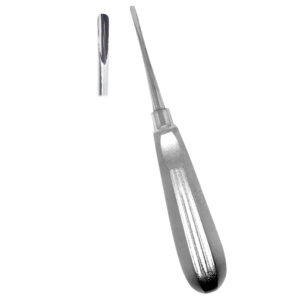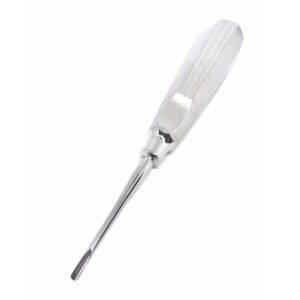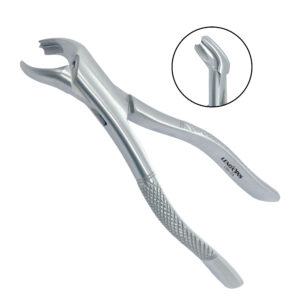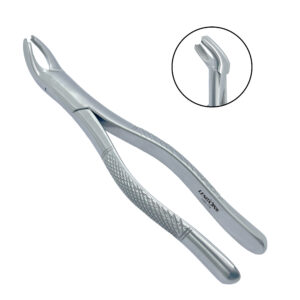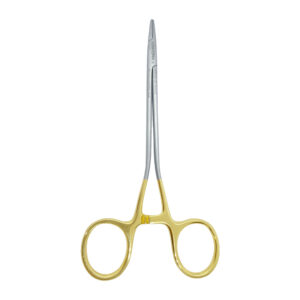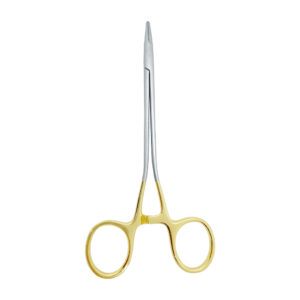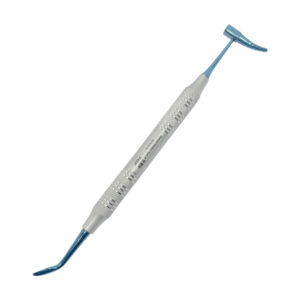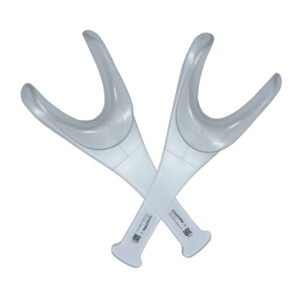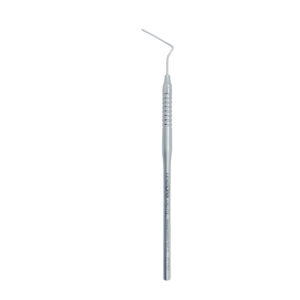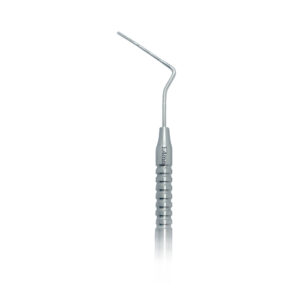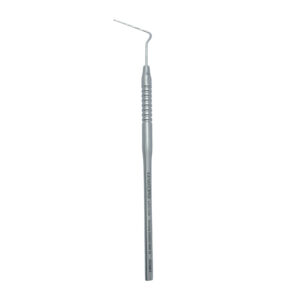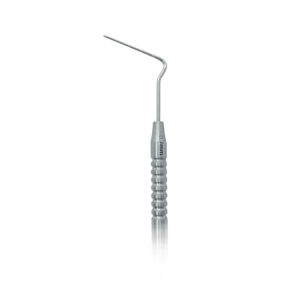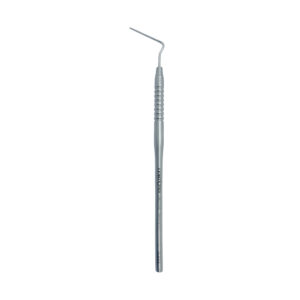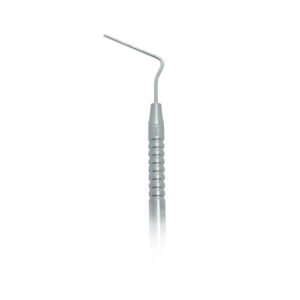The Dental Tissue Forceps 15cm 1×2 Teeth from Lenox Instruments: Precision and Control in Soft Tissue Management
- Posted August 29, 2024
- by LENOX INC CANADA
In the field of dentistry, having the right tools is essential for ensuring successful procedures and patient comfort. One such indispensable instrument is The Dental Tissue Forceps 15cm 1×2 Teeth from Lenox Instruments. This specialized tool is designed to provide dental professionals with the precision and control needed for effective soft tissue management. In this article, we will explore the features, applications, and benefits of these forceps.
Key Features of the Dental Tissue Forceps
- Length: At 15cm, these forceps offer an ideal length for reaching various areas within the oral cavity, allowing for effective maneuverability during procedures.
- 1×2 Teeth Configuration: The unique 1×2 teeth pattern provides a secure grip on soft tissues, ensuring minimal trauma during manipulation.
- High-Quality Material: Made from premium stainless steel, these forceps are durable, corrosion-resistant, and easy to sterilize, making them suitable for repeated use in clinical settings.
- Ergonomic Design: The design of the forceps ensures comfort for the practitioner, reducing hand fatigue during extended procedures.
Dental Forceps
-
Debakey Atraumatic Tissue Forceps Str 16cm – Precision Surgical Instrument
Rated 0 out of 5CA$60Explore the Debakey Atraumatic Tissue Forceps Str 16cm by Lenox Instruments, crafted with atraumatic serrated tips for precision in delicate tissue handling. Trusted by surgical professionals in Canada, USA, UK, Australia, and Europe. -
Debakey Atraumatic Tissue Forceps Cvd 16cm – Precision Surgical Instrument
Rated 0 out of 5CA$60Explore the Debakey Atraumatic Tissue Forceps Cvd 16cm by Lenox Instruments, crafted with atraumatic serrated tips for precision in delicate tissue handling. Trusted by surgical professionals in Canada, USA, UK, Australia, and Europe. -
Dental Tissue Forceps Adson Brown 12cm – Precision Surgical Instrument
Rated 0 out of 5CA$25Explore the Dental Tissue Forceps Adson Brown 12cm by Lenox Instruments, crafted with serrated tips for precision in tissue handling. Trusted by surgical professionals in Canada, USA, UK, Australia, and Europe. -
Adson Tissue Forceps 12cm 1×2 Teeth Ergonomic Handle – Precision Dental Surgical Instrument
Rated 0 out of 5CA$25Explore the Adson Tissue Forceps 12cm 1x2 Teeth Ergonomic Handle by Lenox Instruments, crafted from surgical stainless steel for precision in tissue handling. Trusted by dental professionals in Canada, USA, UK, Australia, and Europe.
Applications in Dental Procedures
The Dental Tissue Forceps 15cm 1×2 Teeth are versatile instruments used in various dental applications, including:
- Soft Tissue Management: Ideal for grasping and manipulating gingival tissues during periodontal procedures, these forceps help ensure precision and control.
- Suturing: The forceps provide a reliable grip when placing and tying sutures after oral surgeries or extractions, facilitating accurate closure of incisions.
- Biopsy Procedures: They can be used to handle tissue samples gently during oral biopsies, ensuring that samples are collected with minimal disturbance to surrounding tissues.
- Crown and Bridge Work: These forceps assist in retracting gingival tissues for better access during crown preparations and impressions, improving the overall quality of the procedure.
- Implant Dentistry: In implant procedures, the forceps are useful for manipulating soft tissues around implant sites, ensuring proper placement and healing.
Benefits for Dental Professionals
- Enhanced Precision: The 1×2 teeth configuration allows for a secure grip on tissues, minimizing the risk of slippage and ensuring accurate manipulation.
- Comfortable Use: The ergonomic design reduces hand strain, enabling practitioners to perform intricate tasks with ease.
- Versatile Tool: Suitable for a wide range of dental procedures, these forceps are a valuable addition to any dental toolkit.
- Durability: Constructed from high-quality stainless steel, the forceps are designed to withstand the rigors of daily use while maintaining their effectiveness.
- Easy Maintenance: The forceps can be easily sterilized using standard autoclave procedures, ensuring compliance with infection control protocols.
Tissue Forcep By Lenox
-
Tissue Forceps Russian Pattern 20cm Premium German Stainless Steel – Precision Surgical Instrument
Rated 0 out of 5CA$50Explore the Tissue Forceps Russian Pattern 20cm Premium German Stainless Steel by Lenox Instruments, crafted with circular serrated tips for precision in tissue handling. Trusted by surgical professionals in Canada, USA, UK, Australia, and Europe. -
PRF Tissue Forceps – Precision Dental Surgical Instrument
Rated 0 out of 5CA$40Explore the PRF Tissue Forceps by Lenox Instruments, crafted with fine toothed tips for precision in handling PRF membranes. Trusted by dental professionals in Canada, USA, UK, Australia, and Europe. -
Micro Tissue Forceps, 17cm – Diamond Dust Coated – Precision Surgical Instrument
Rated 0 out of 5CA$90Explore the Micro Tissue Forceps, 17cm - Diamond Dust Coated by Lenox Instruments, crafted with diamond dust-coated tips for precision in micro-surgical procedures. Trusted by surgical professionals in Canada, USA, UK, Australia, and Europe. -
Corn Suture Forceps 17cm Diamond Dust Coated – Precision Surgical Instrument
Rated 0 out of 5CA$90Explore the Corn Suture Forceps 17cm Diamond Dust Coated by Lenox Instruments, crafted with diamond dust-coated tips for precision in suture handling. Trusted by surgical professionals in Canada, USA, UK, Australia, and Europe. -
Cooley Tissue Forceps 18cm EGR Handle – Precision Surgical Instrument
Rated 0 out of 5CA$80Explore the Cooley Tissue Forceps 18cm EGR Handle by Lenox Instruments, crafted with an ergonomic handle for precision in tissue handling. Trusted by surgical professionals in Canada, USA, UK, Australia, and Europe. -
Tissue Forceps 15cm – Precision Surgical Instrument
Rated 0 out of 5CA$30Explore the Tissue Forceps 15cm by Lenox Instruments, crafted with finely serrated tips for precision in tissue handling. Trusted by surgical professionals in Canada, USA, UK, Australia, and Europe. -
Micro Surgical Forceps Tweezers TC 17cm Curved – Precision Surgical Instrument
Rated 0 out of 5CA$90Explore the Micro Surgical Forceps Tweezers TC 17cm Curved by Lenox Instruments, crafted with tungsten carbide tips for precision in micro-surgical procedures. Trusted by surgical professionals in Canada, USA, UK, Australia, and Europe. -
Micro Surgical Forceps 17cm Straight – Precision Surgical Instrument
Rated 0 out of 5CA$90Explore the Micro Surgical Forceps 17cm Straight by Lenox Instruments, crafted with finely serrated tips for precision in micro-surgical procedures. Trusted by surgical professionals in Canada, USA, UK, Australia, and Europe.
Best Practices for Using Dental Tissue Forceps
To maximize the effectiveness of the Dental Tissue Forceps 15cm 1×2 Teeth, consider the following best practices:
- Gentle Handling: Apply just enough pressure to secure the tissue without causing trauma or damage.
- Regular Inspection: Regularly check the forceps for signs of wear or damage to ensure optimal performance.
- Proper Sterilization: Follow recommended sterilization protocols to prevent cross-contamination and maintain instrument integrity.
- Appropriate Selection: Use the forceps for their intended purposes to achieve the best results in various dental procedures.
Conclusion
The Dental Tissue Forceps 15cm 1×2 Teeth from Lenox Instruments are essential tools for dental professionals seeking precision and control in soft tissue management. Their versatile design and durable construction make them invaluable in various dental applications, from routine examinations to complex surgical procedures.
Incorporating these forceps into your practice can enhance your ability to provide high-quality care while ensuring patient comfort. As with all dental instruments, proper technique and maintenance are key to maximizing the benefits of this precision tool.


